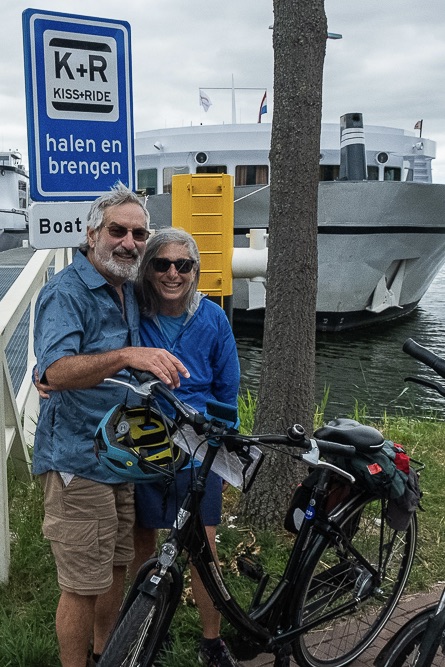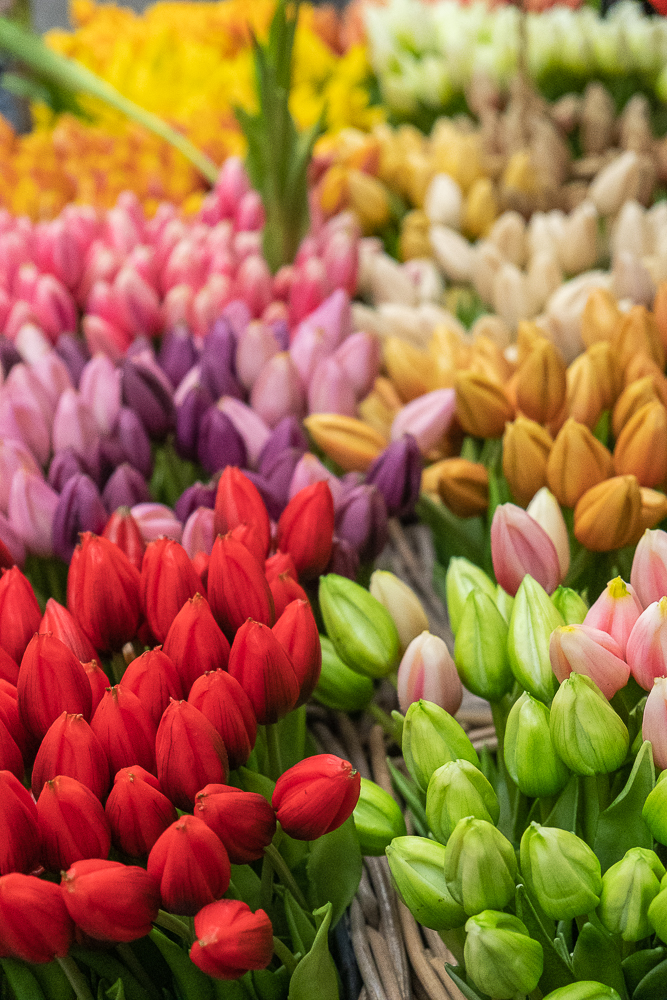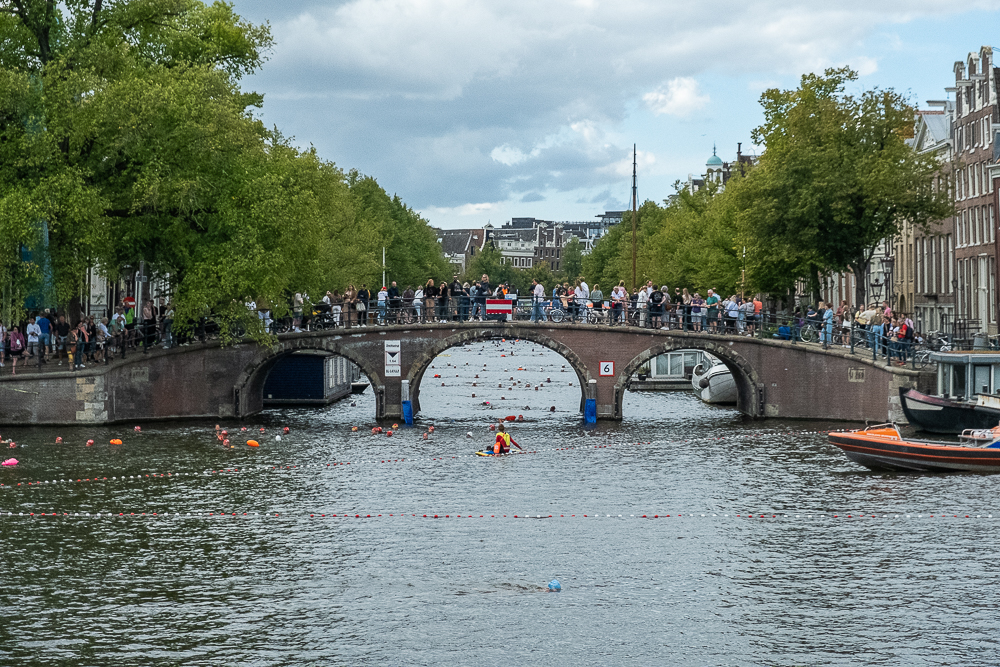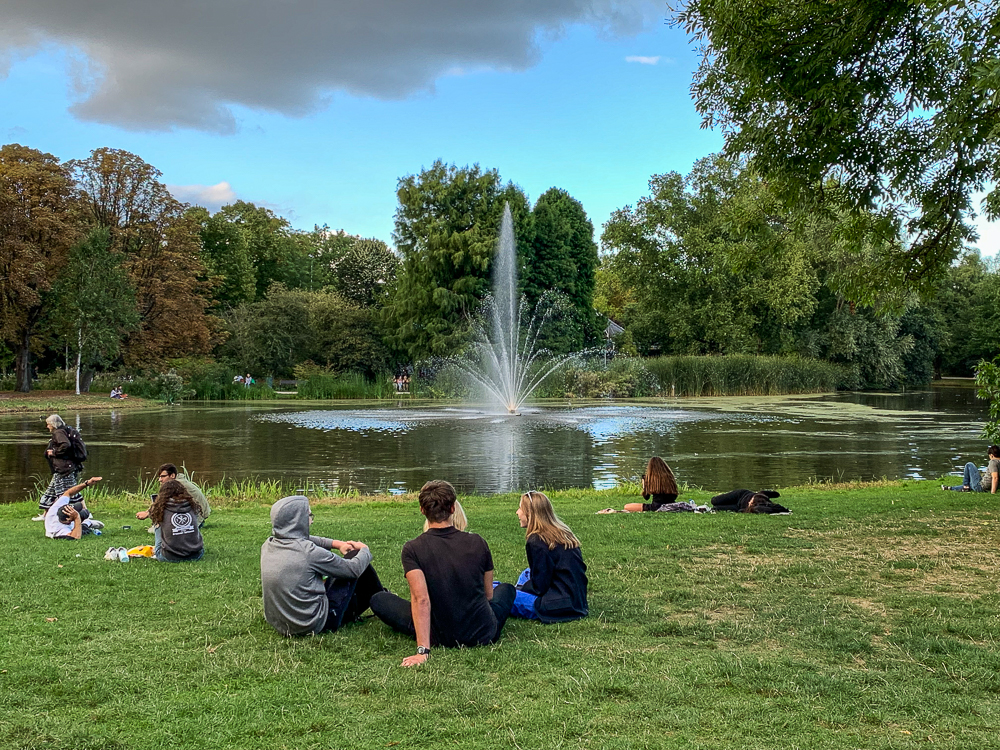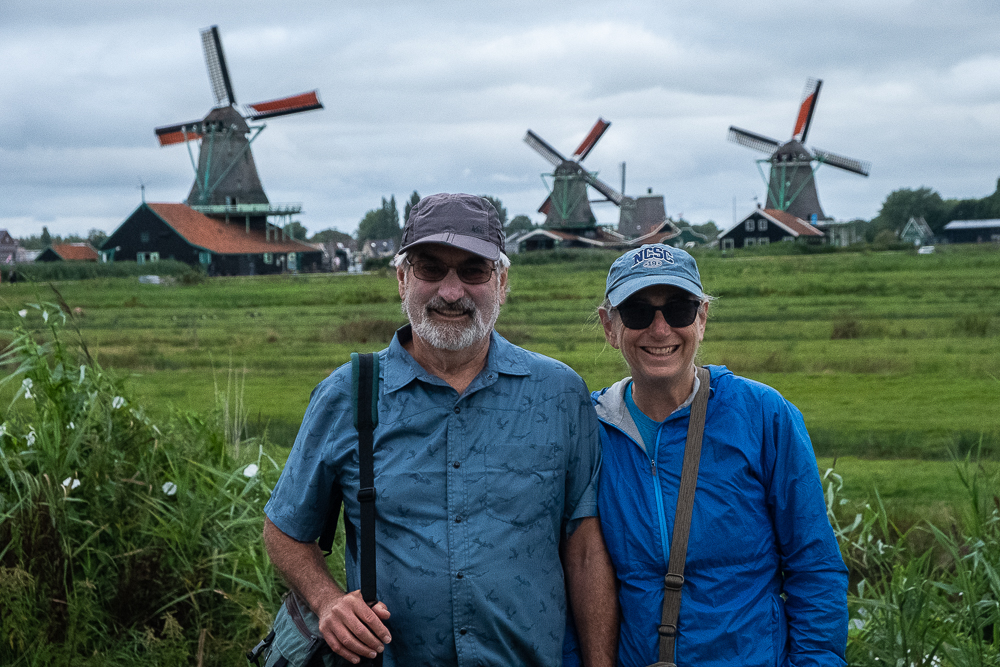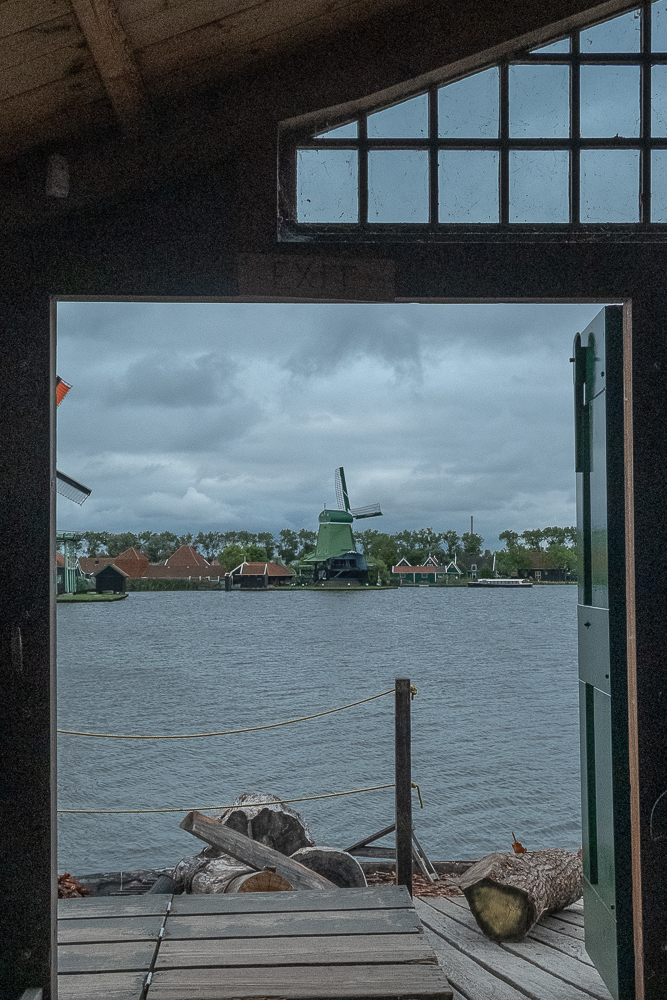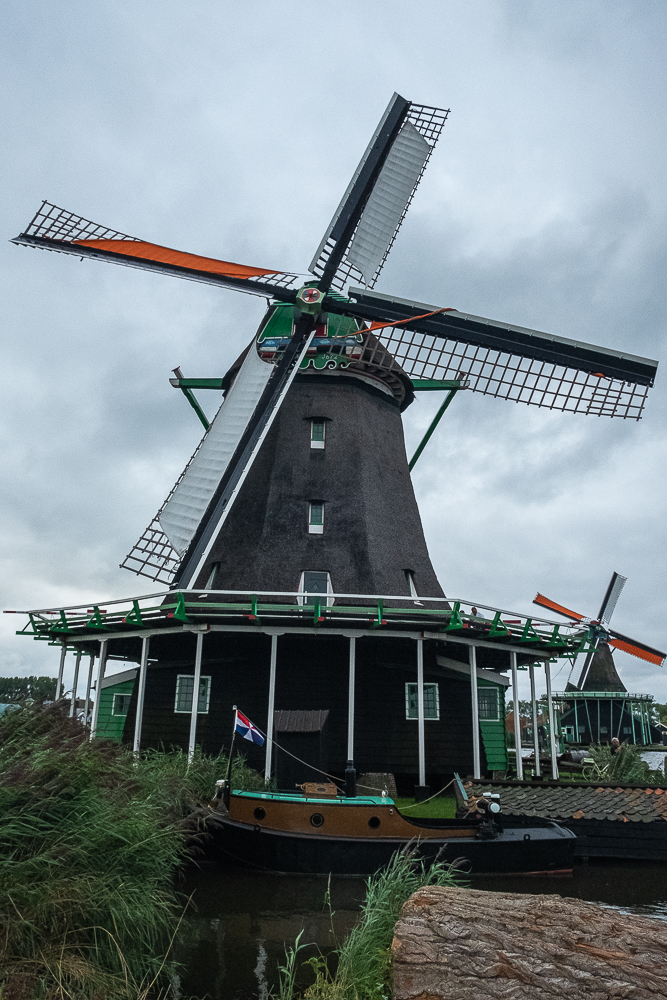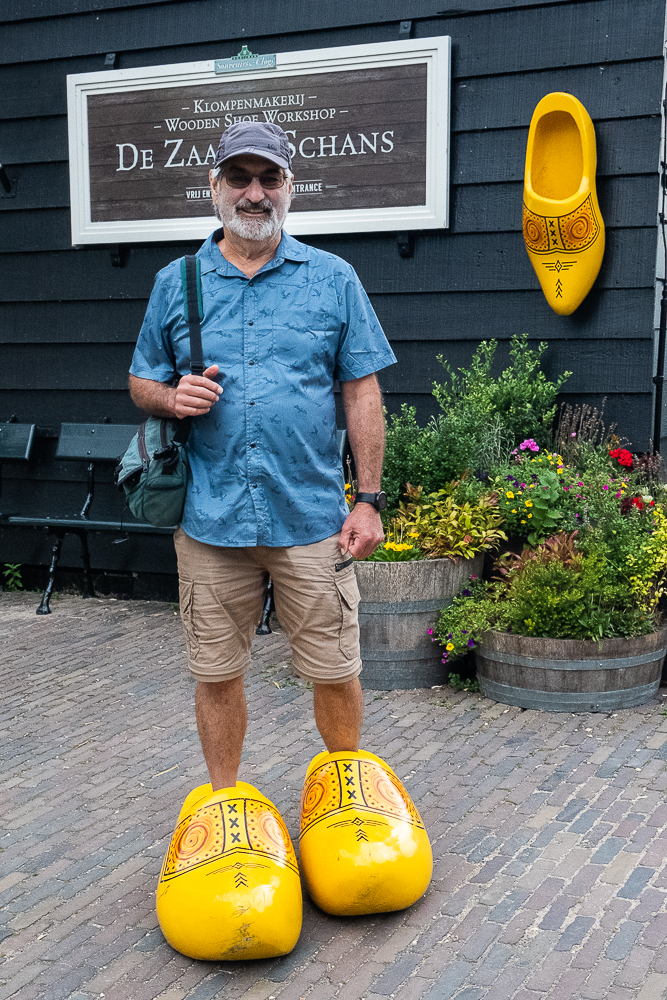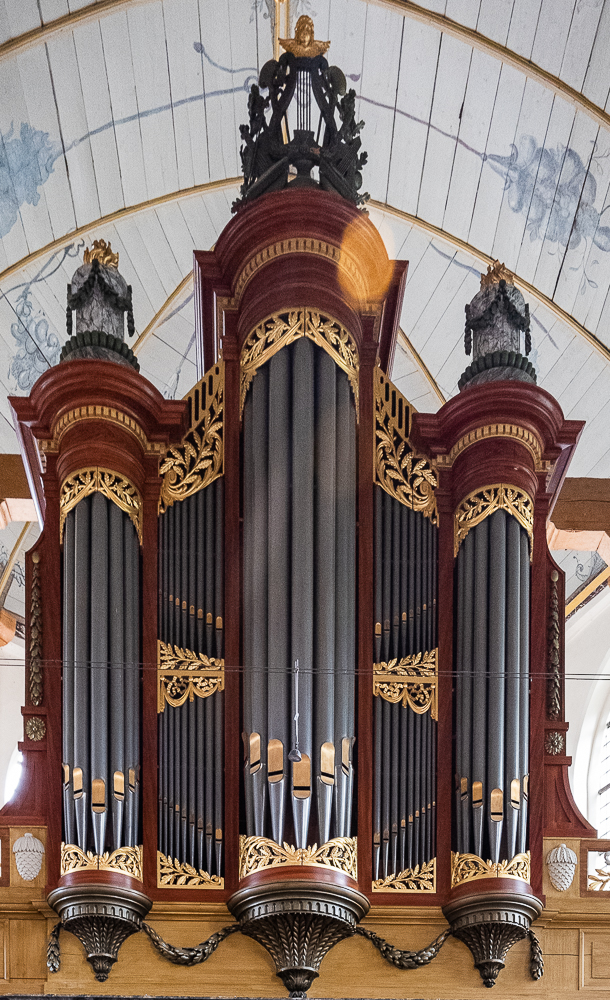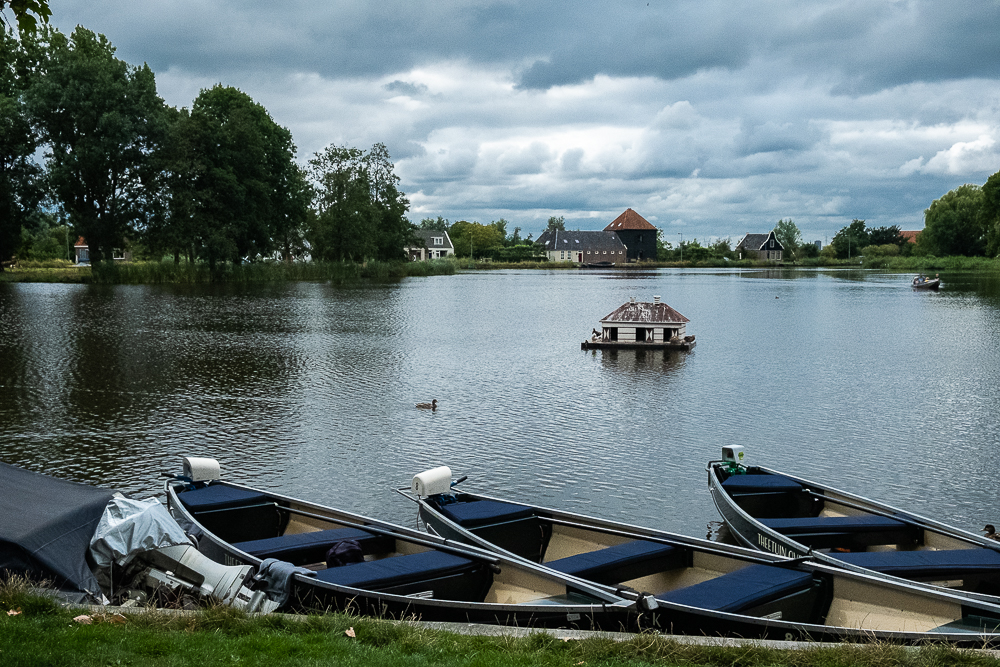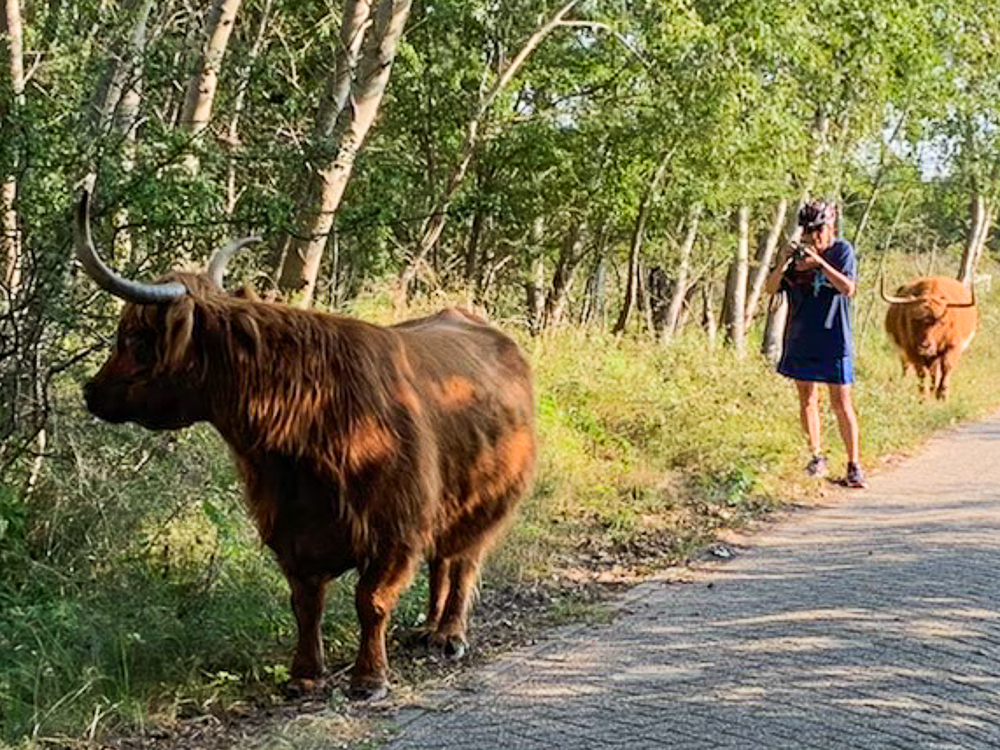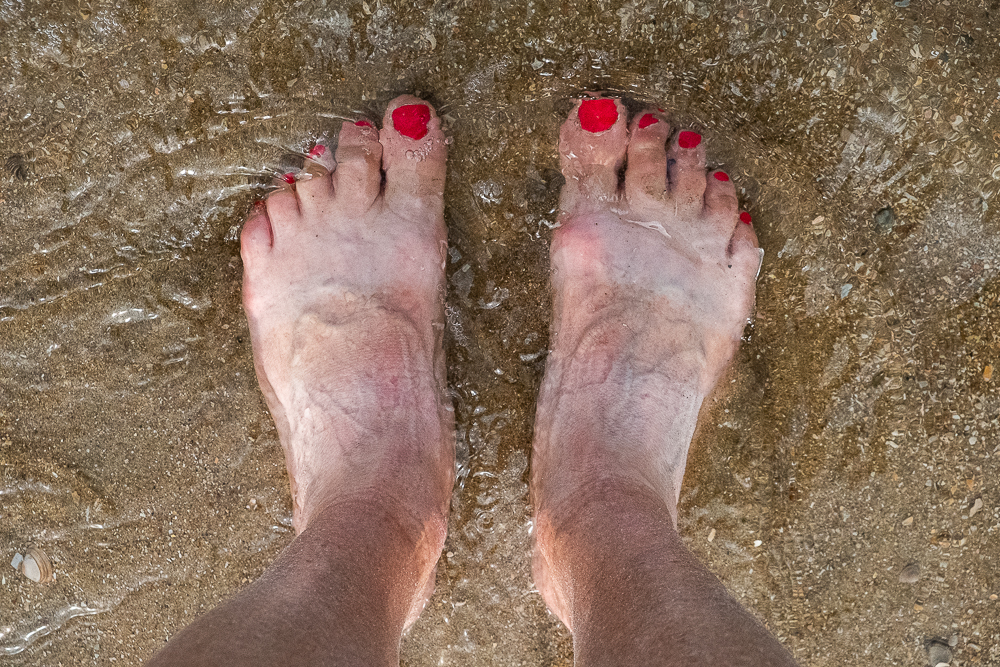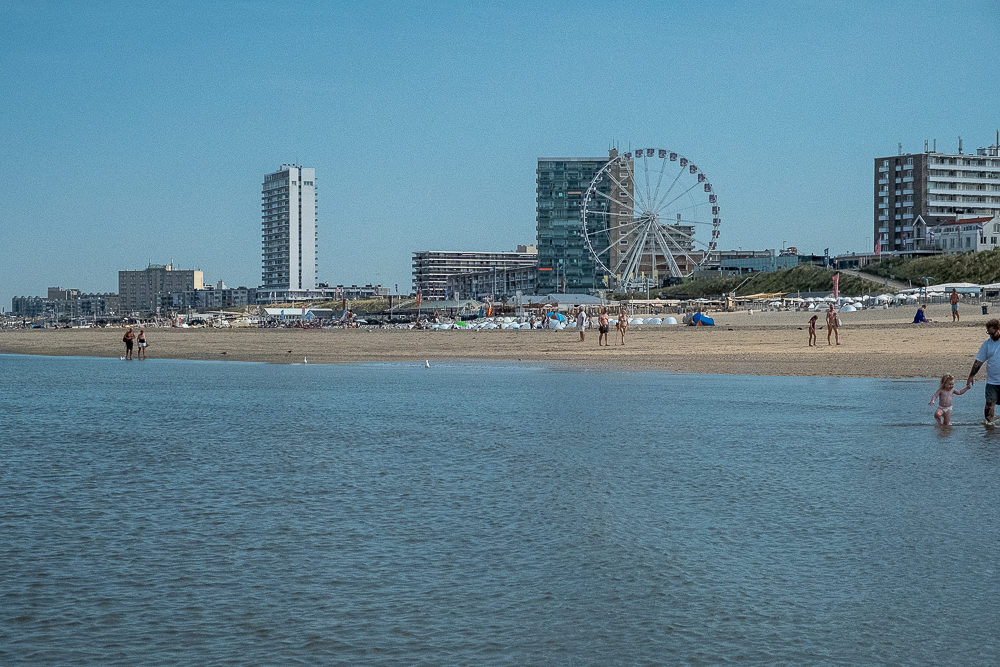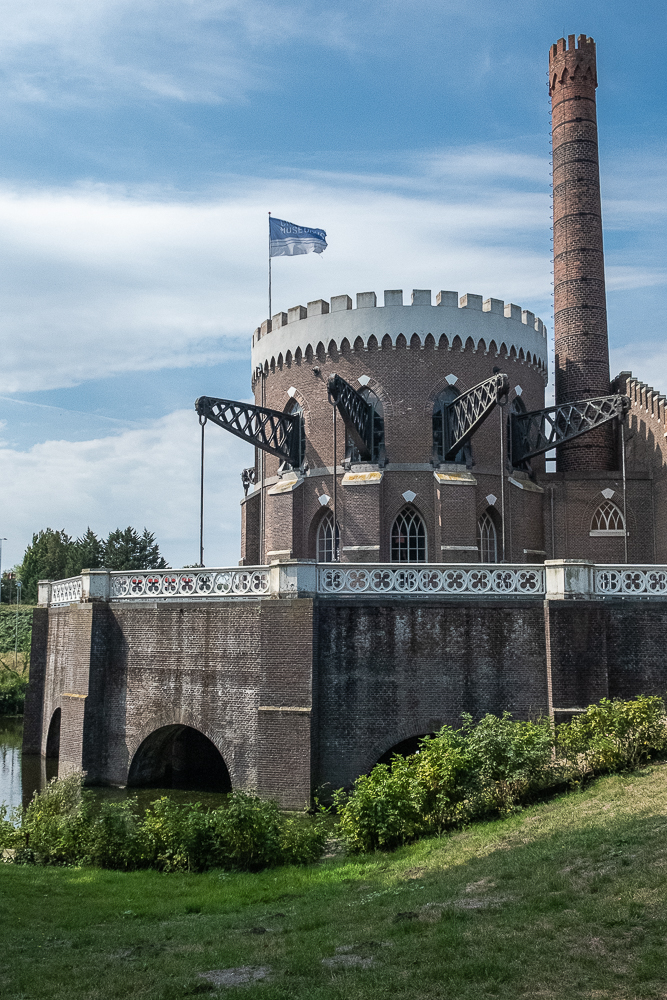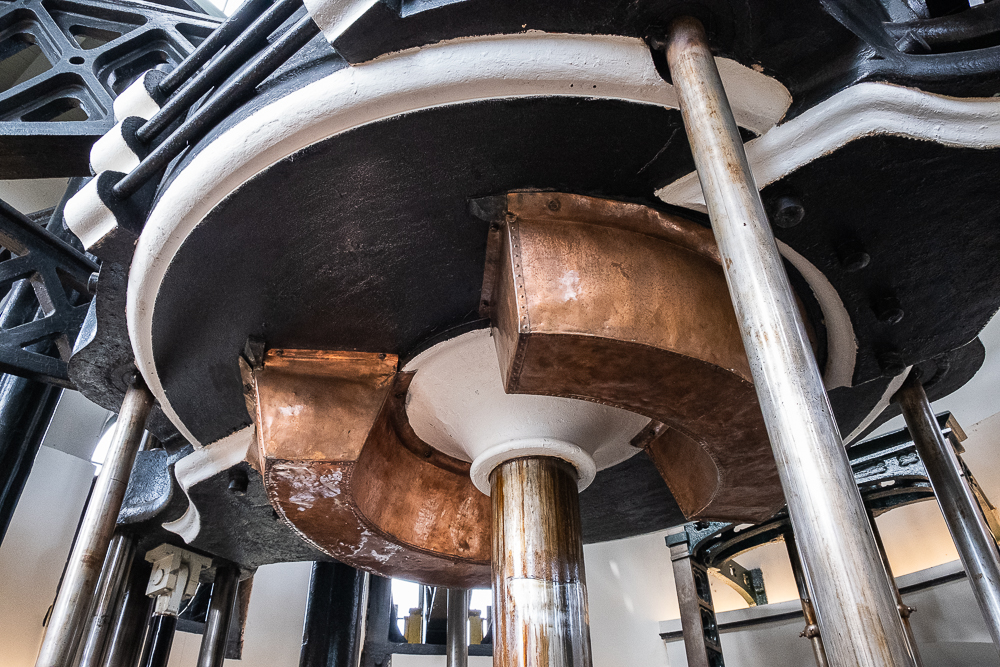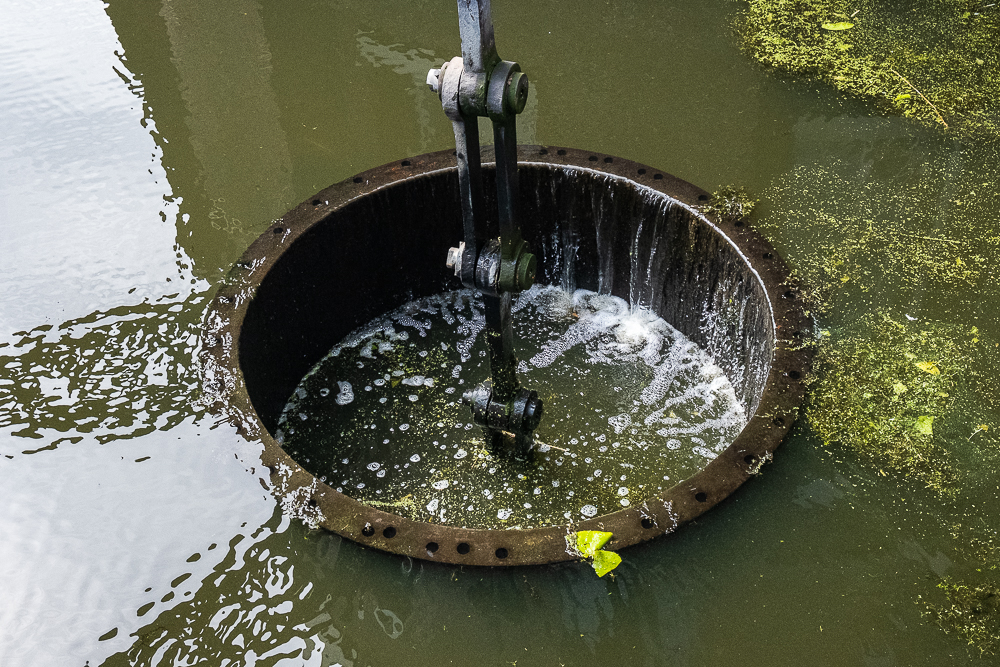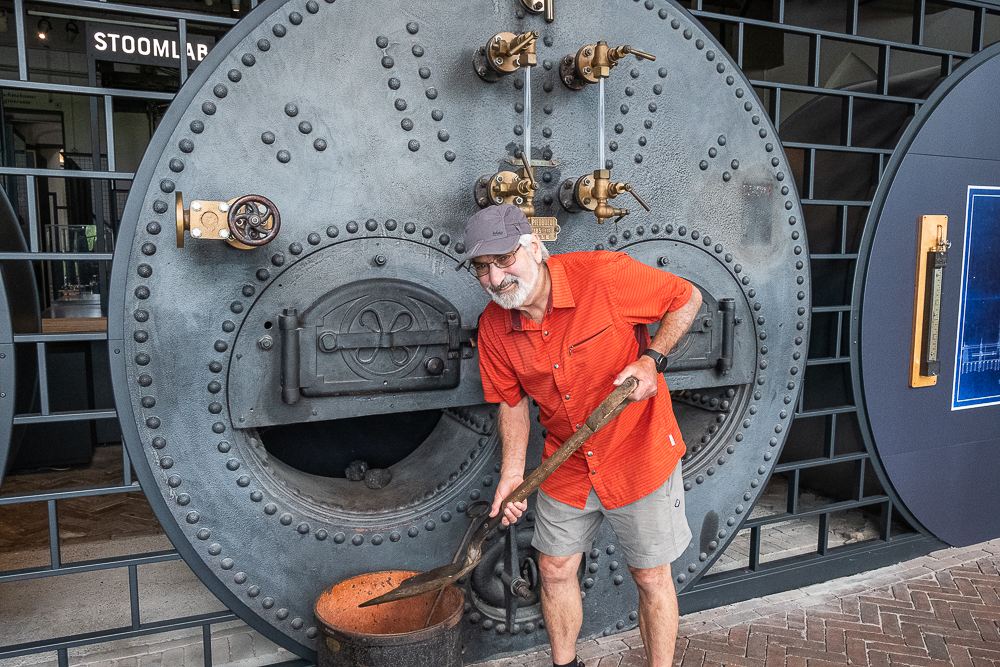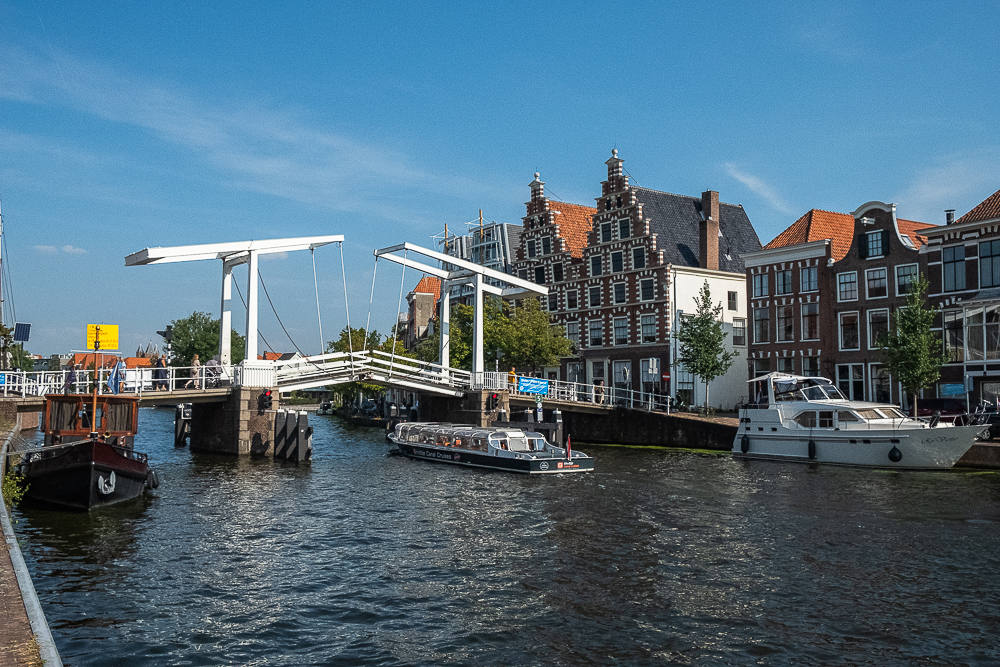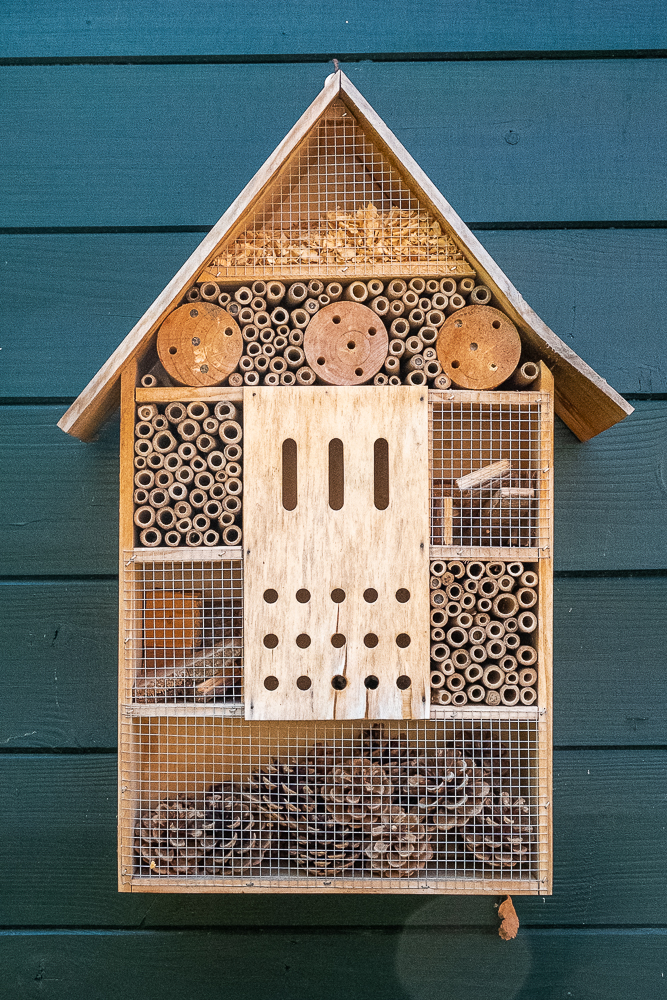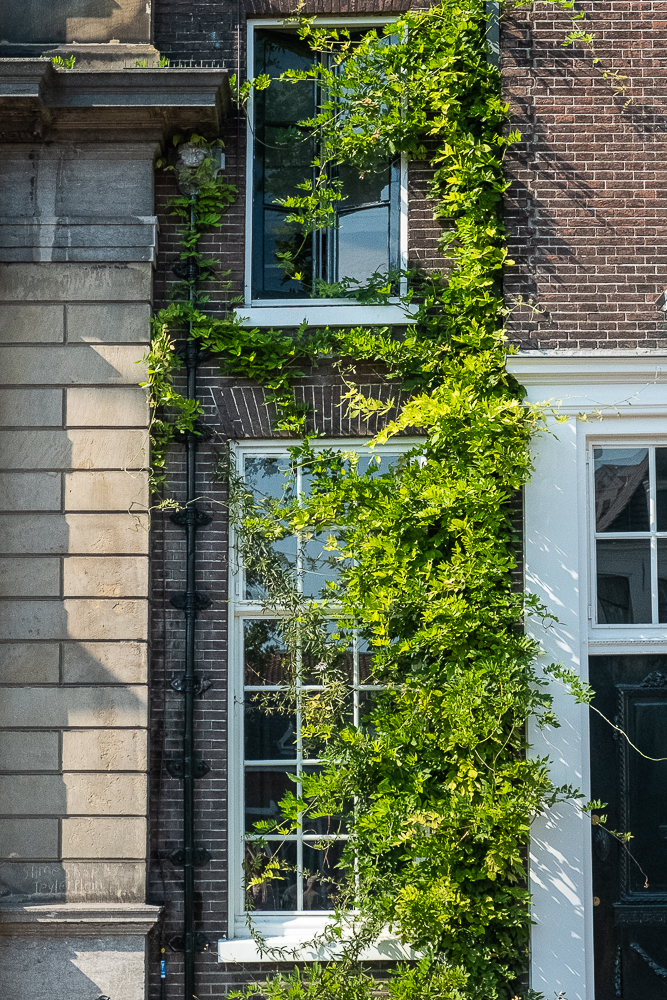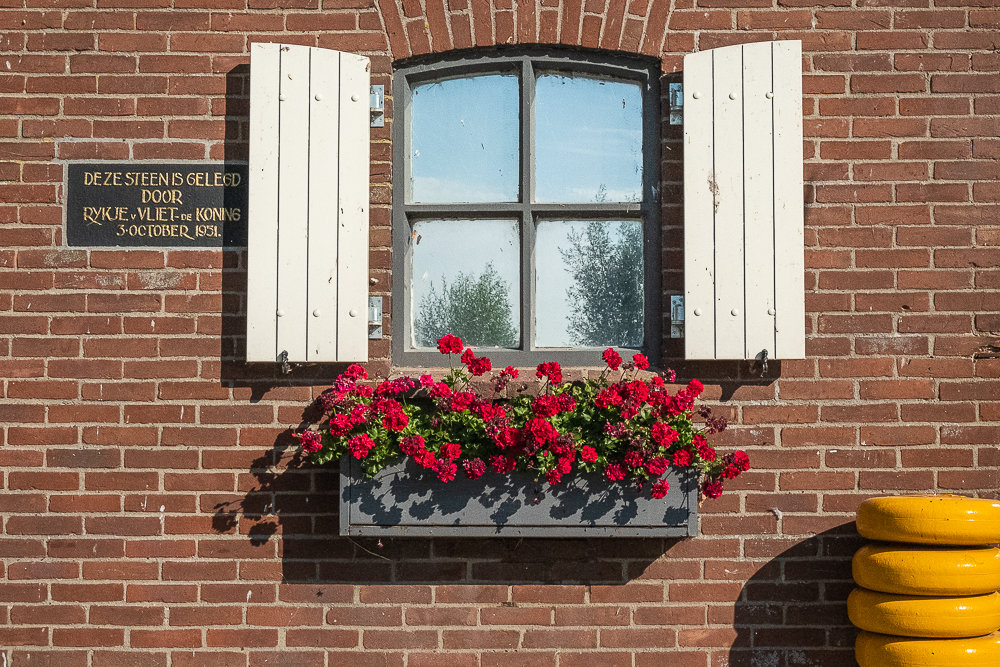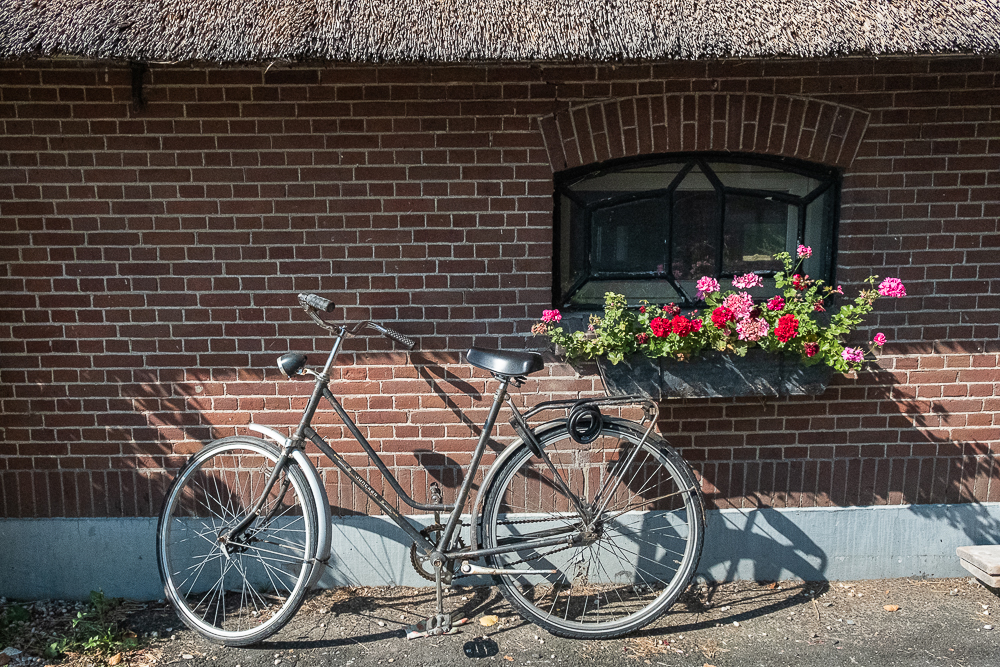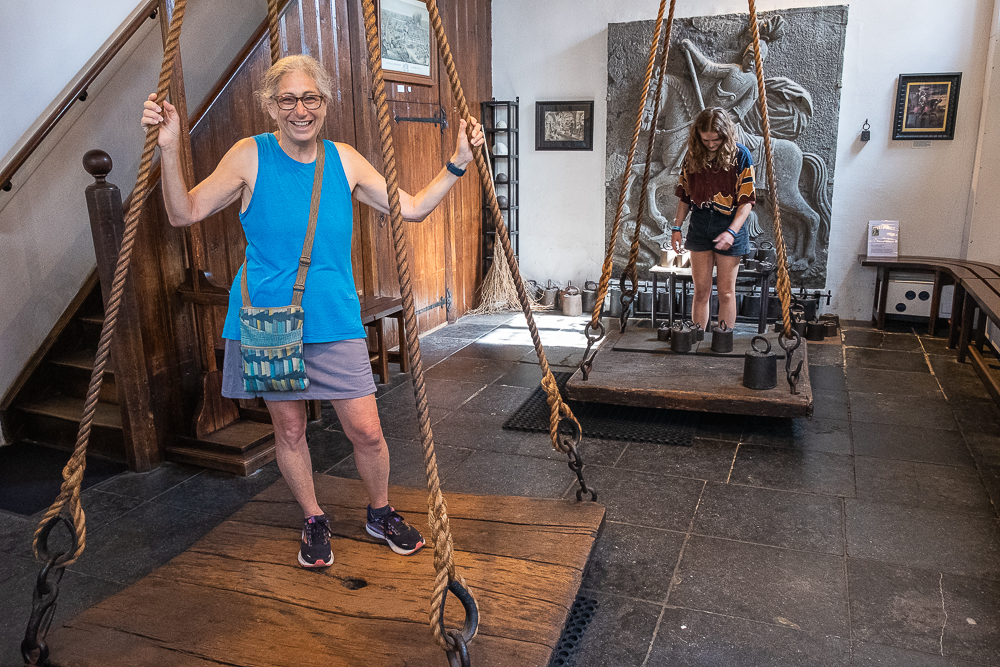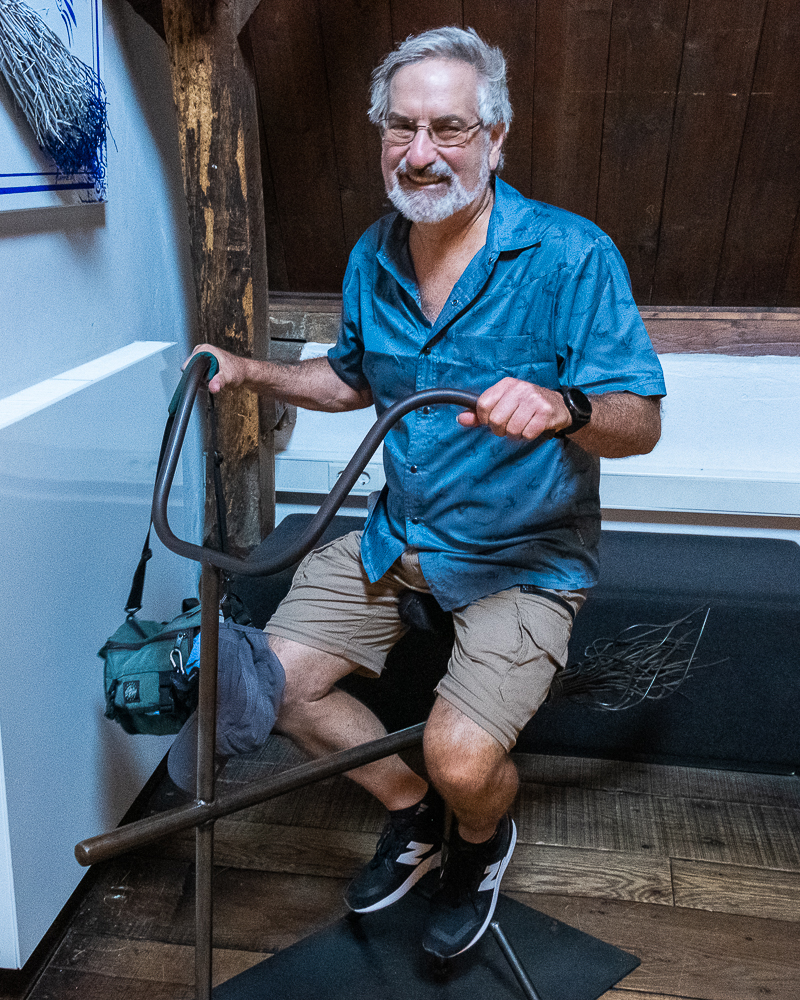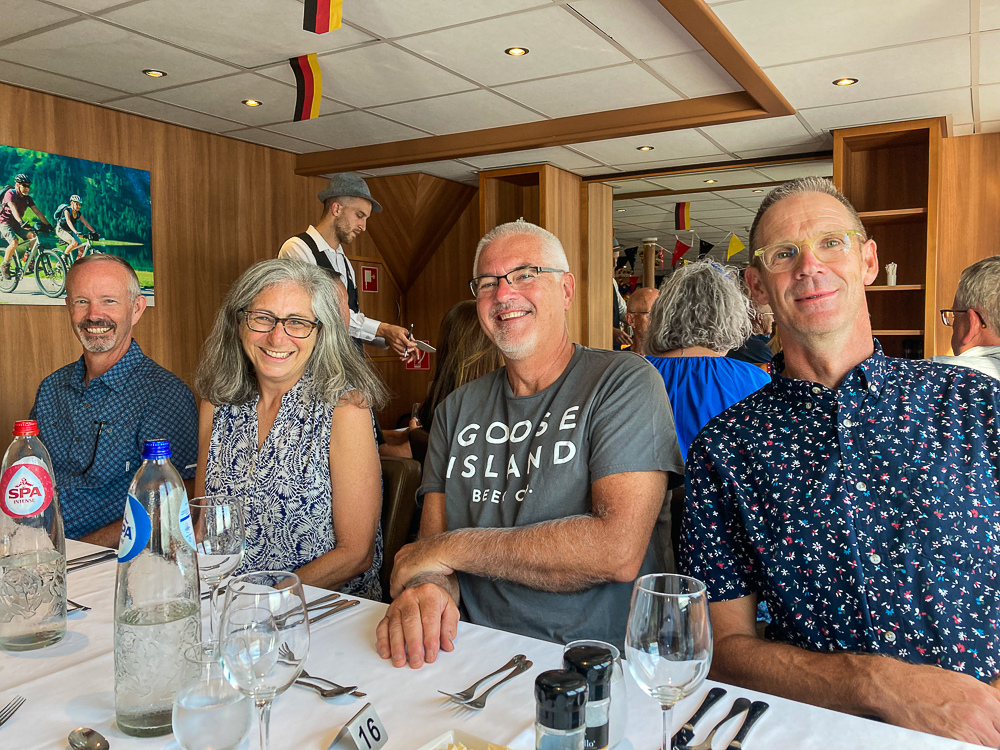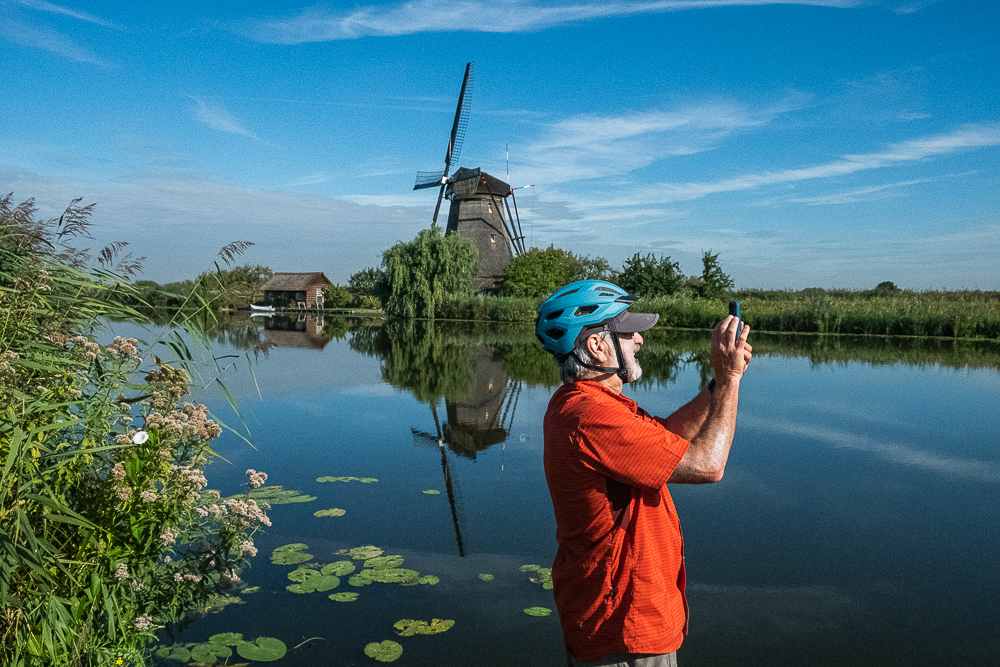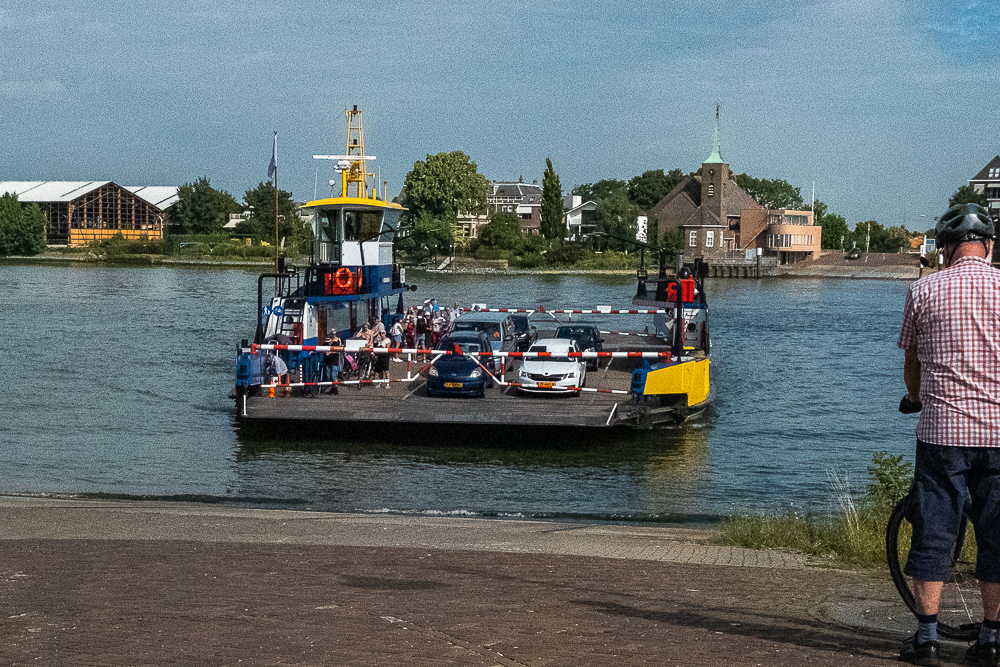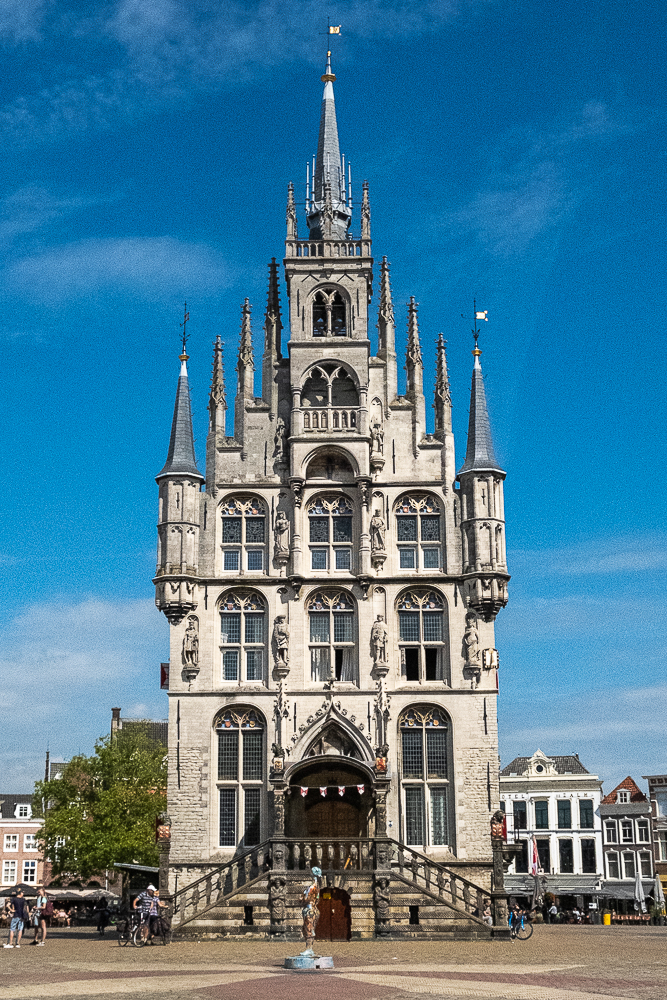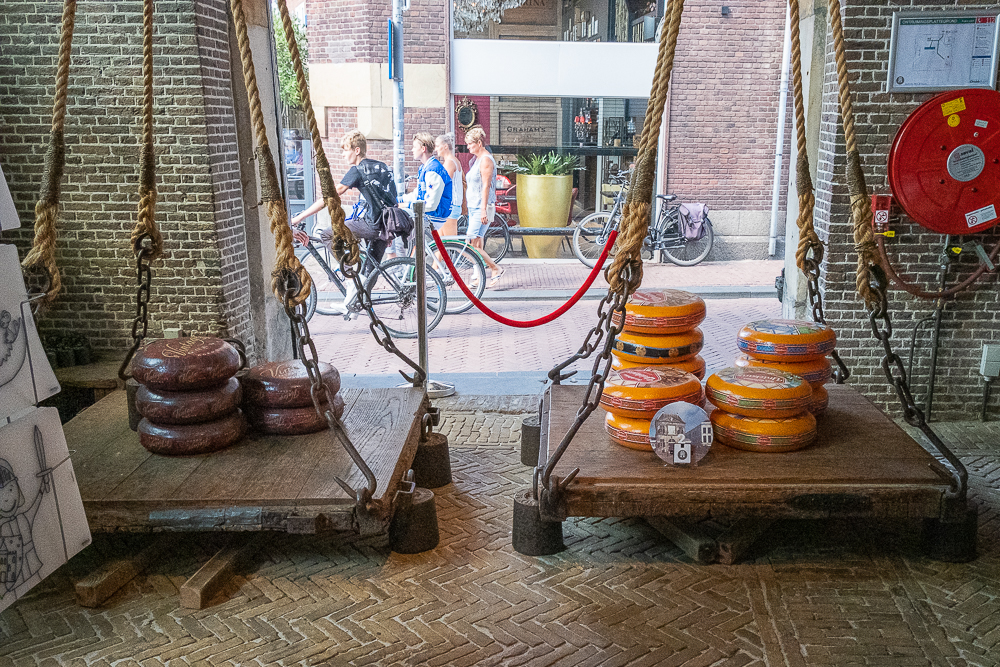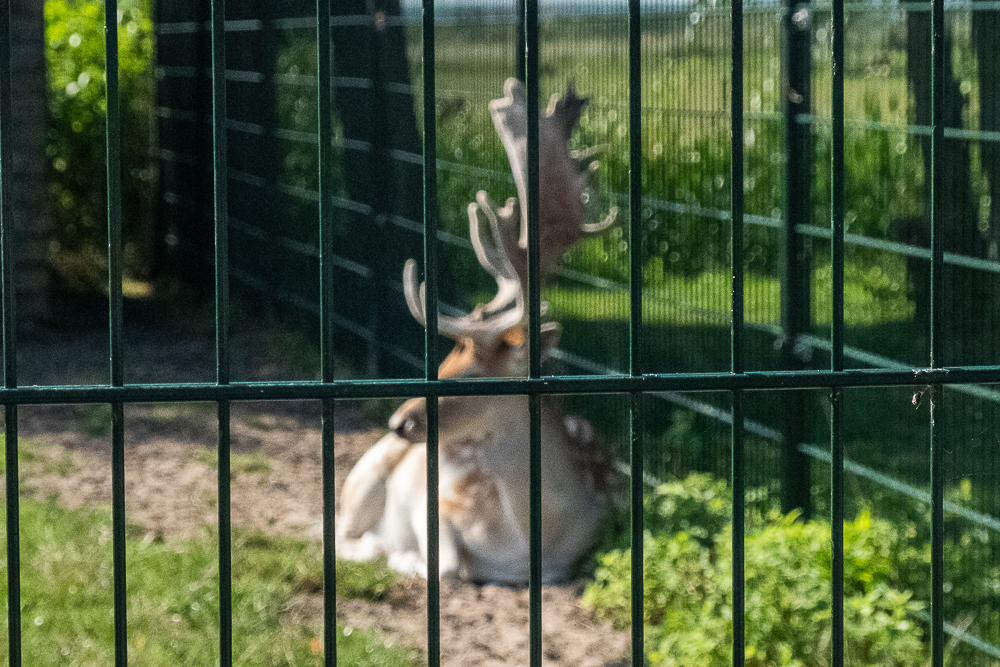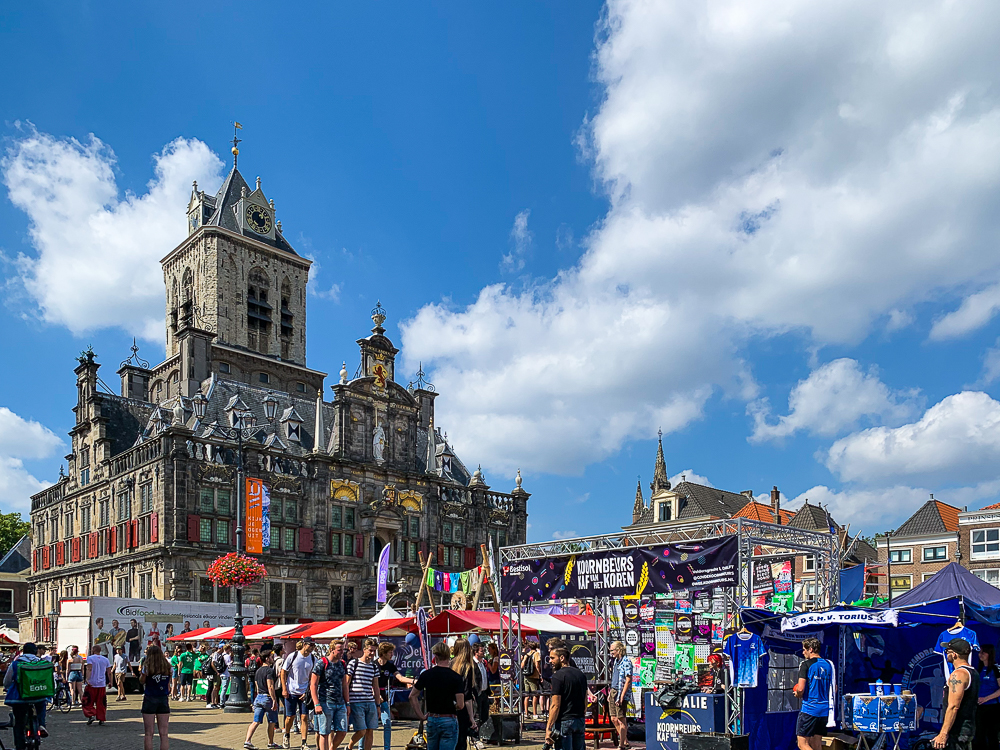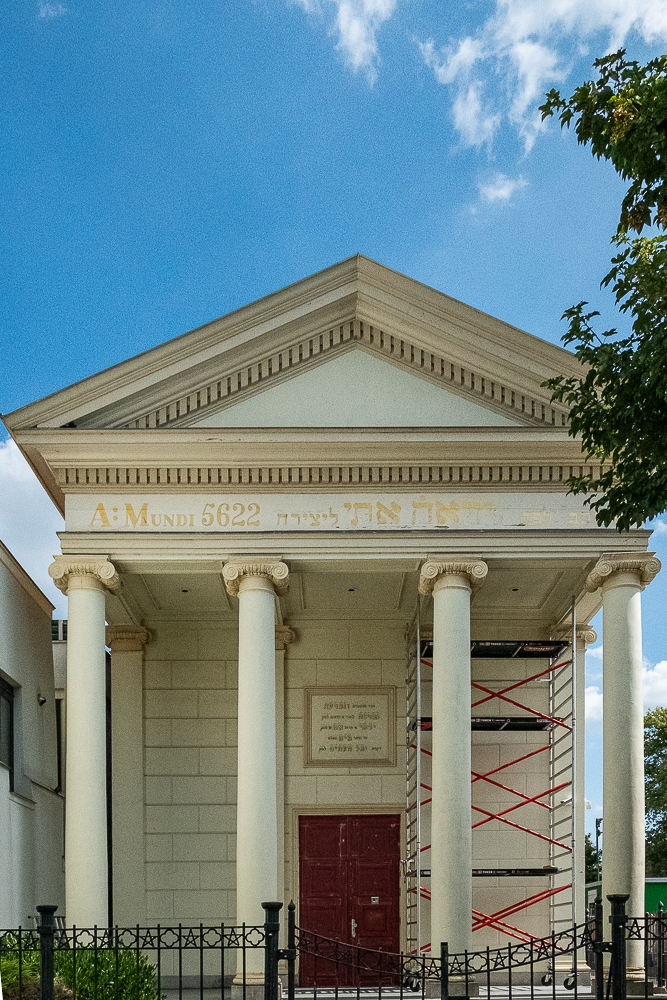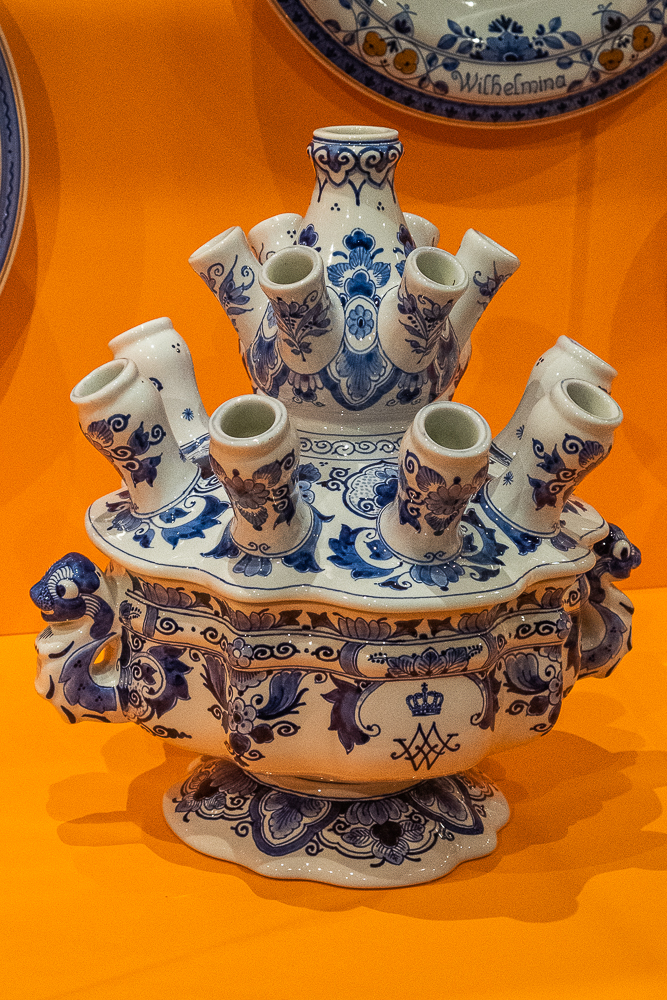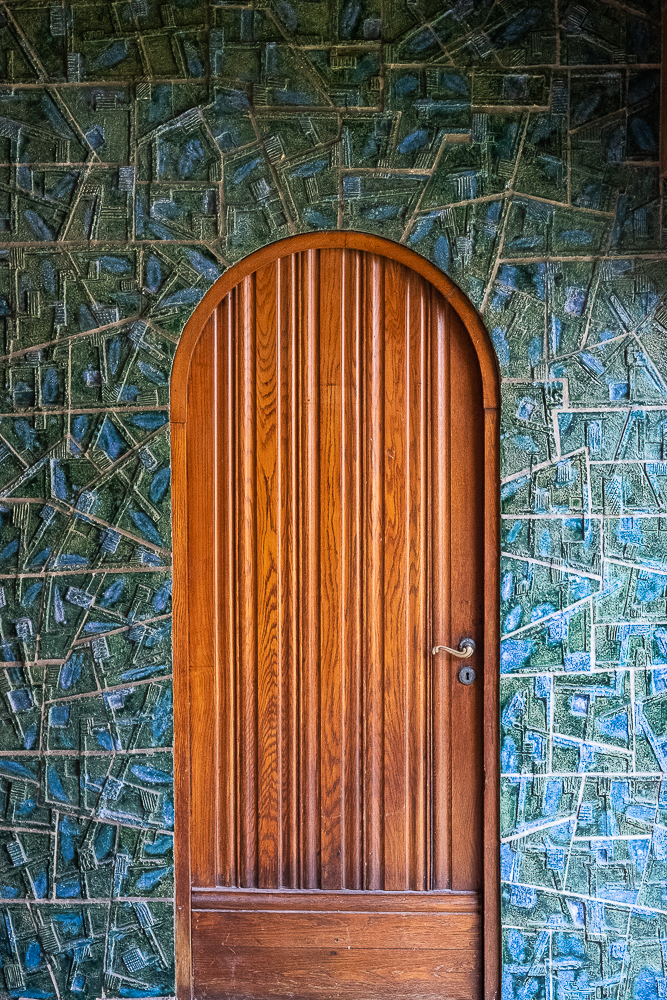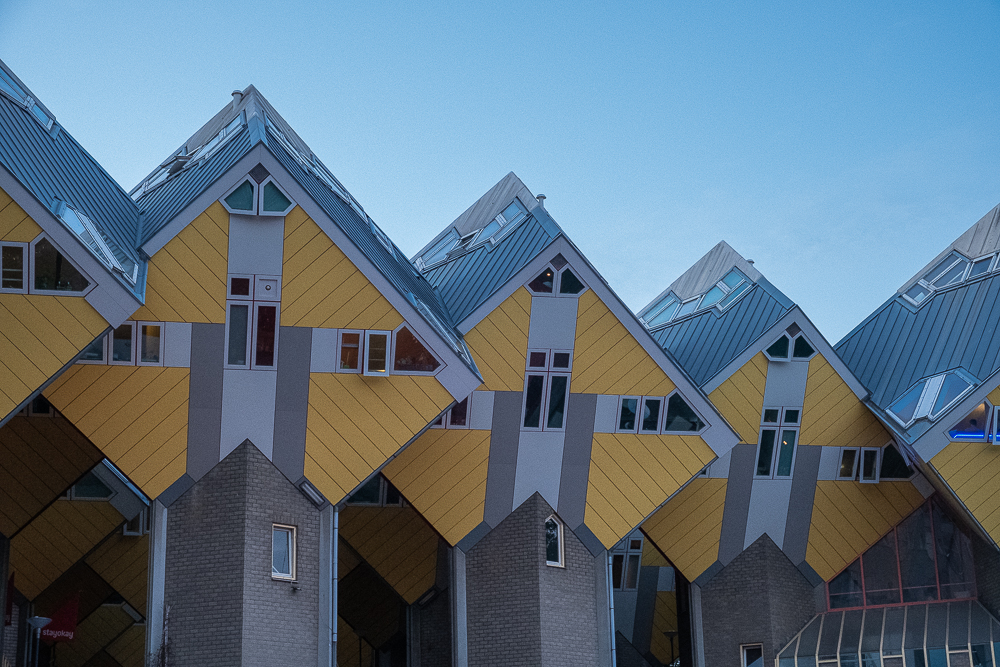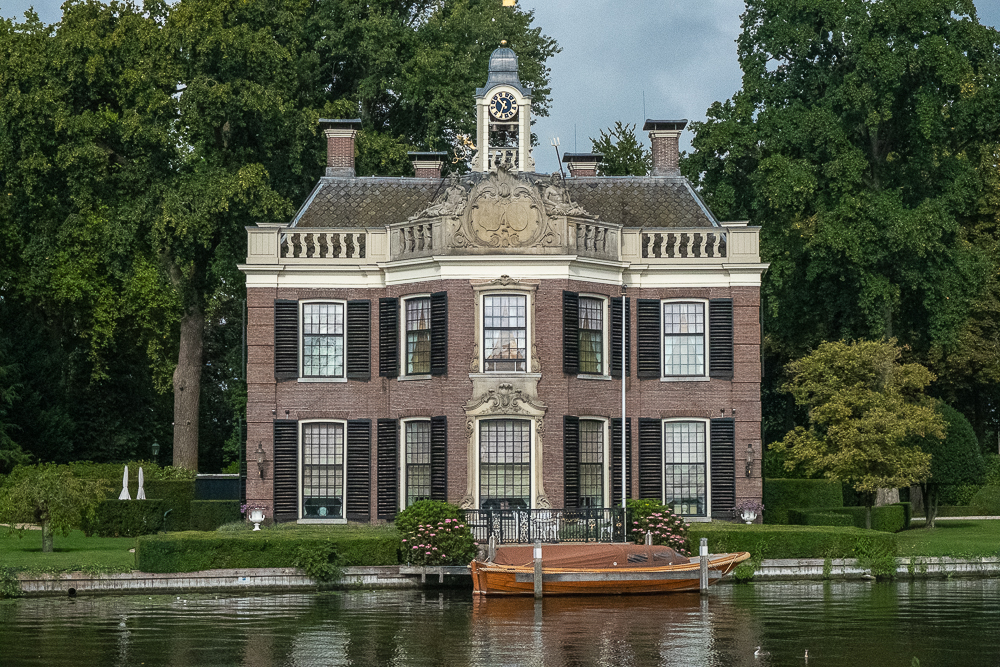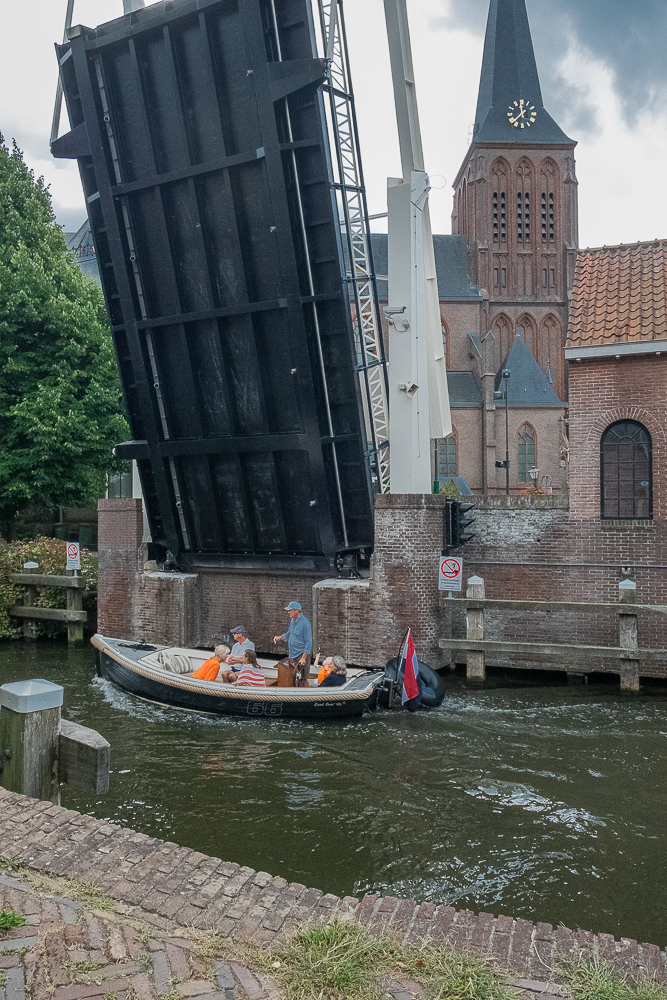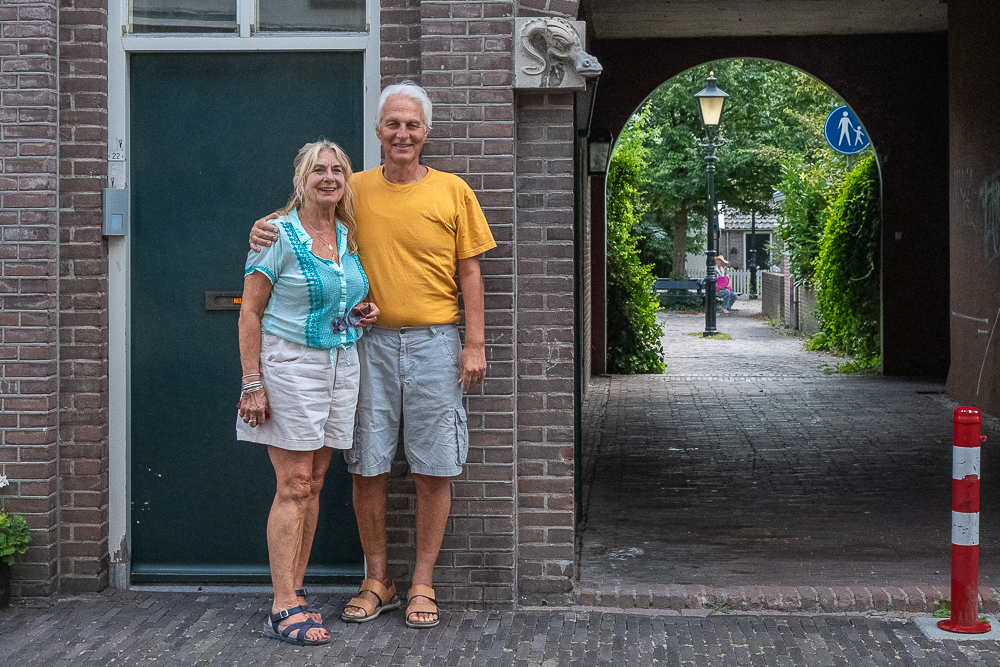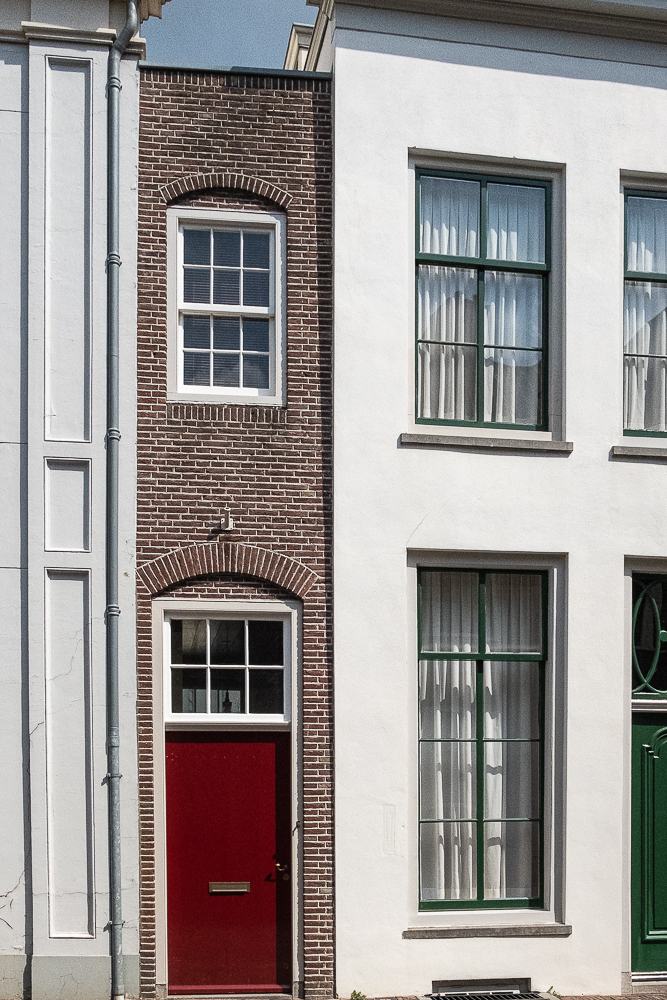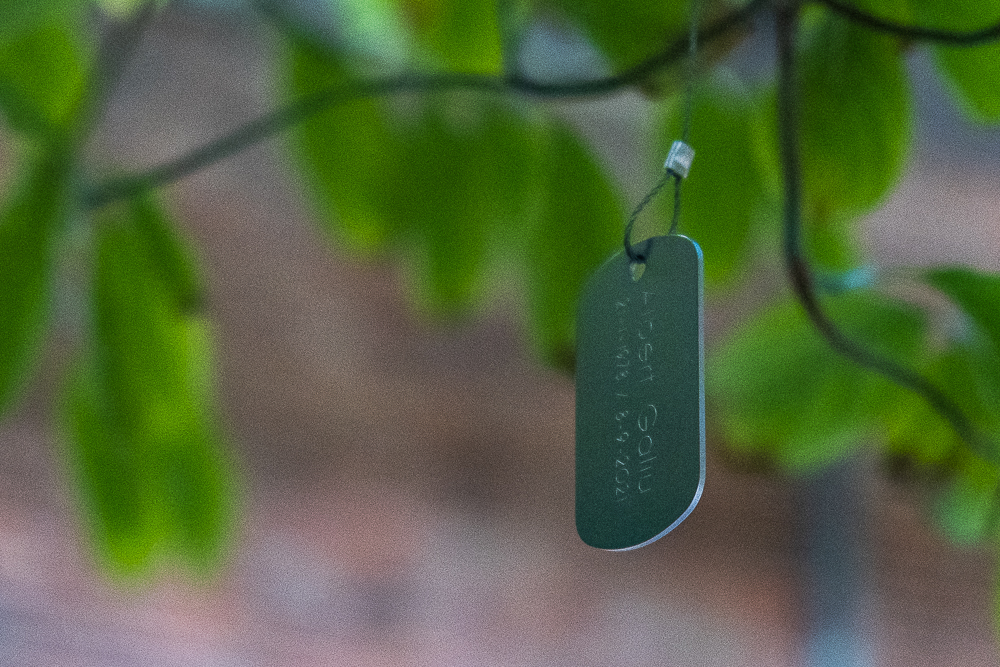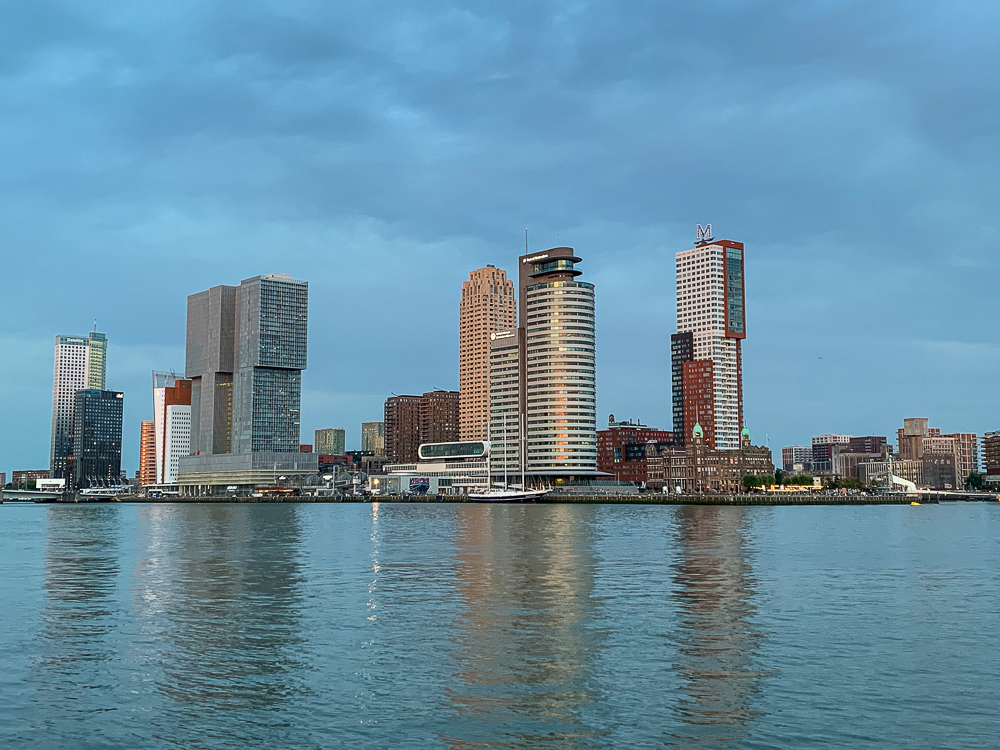I thought I’d be typing today’s reflections on the train from Amsterdam to Luxembourg. Instead, I’m sitting in a cafe waiting for my bus…
Train strike: Yep, another Plan B! Or I should say Plan C since this delay is due to Conveyances. (So far, plans have changed because of Covid, Climate, and Conveyances!) Amsterdam is having a one-day train strike. I had been told that my trains from Amsterdam to Brussels to Luxembourg would be okay. Wrong! The earliest bus I can get leaves at 4:00 pm, arriving in Luxembourg just before midnight. Flexibility and travel insurance are key! [Update: Bus cancelled. Rescheduled to leave almost two hours later and arrive in Luxembourg almost three hours later. Total delay: 12 hours.]
Jewish and Dutch Resistance: In the Netherlands, due in part to extraordinary record keeping including logging each resident’s religion, the greatest percentage of Jewish citizens were killed in the Holocaust than in any other country. For example, only 5,000 of Amsterdam’s 80,000 Jews survived. Jews were once nearly 10% of the Dutch population. Jewish resisters, located mainly in the poorer parts of Amsterdam, tried to fight back and, if caught, were immediately murdered. The Dutch Resistance tried to help, including hiding some Jews in the zoo.
Windmills, dikes, and technology of the 1600s: Necessity breeds innovation! Located below sea level, Holland developed techniques to reclaim land by draining lakes and moving excess water via canals, surrounded by dikes, to the North Sea. Windmills and then steam engines – along with human power and ingenuity – created land fertile for agriculture and livable for people.
Boat/bike travel: I’ve been reticent to go on a bike trip since I’m not a cyclist – I’m much more of a hiker than a biker. Buying an e-bike about a month before this trip and deciding to rent an e-bike for this adventure made the riding so much easier. Add to that only having to unpack ONCE for a week in a comfortable cabin and having all meals handled – wowza! I’m definitely a fan of boat/bike trips!
Windmills – technological innovation of the 1600s.
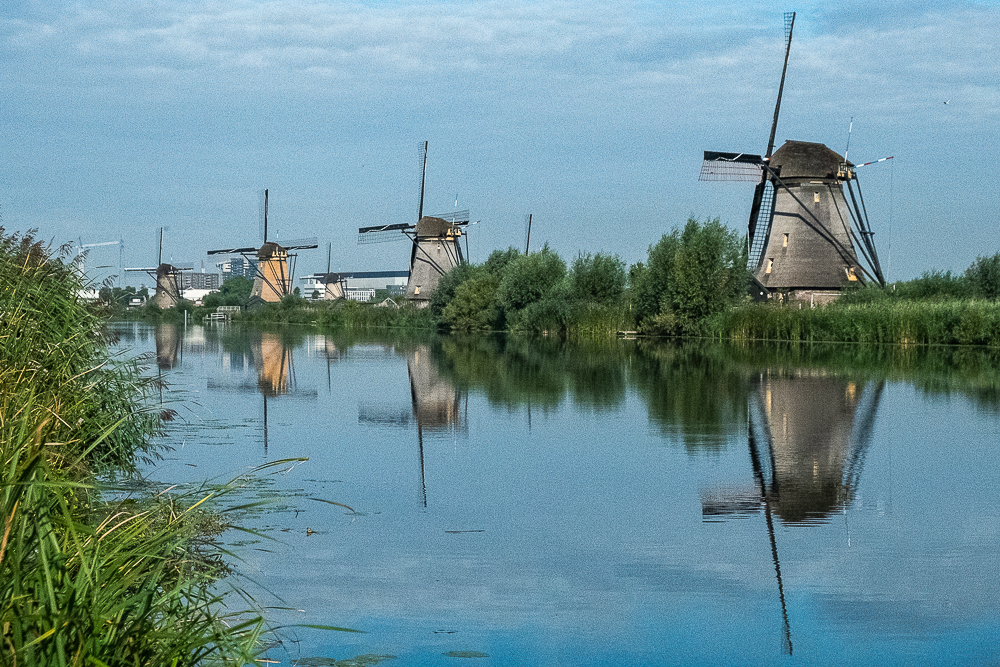
Scottish Highlander cows in Holland.
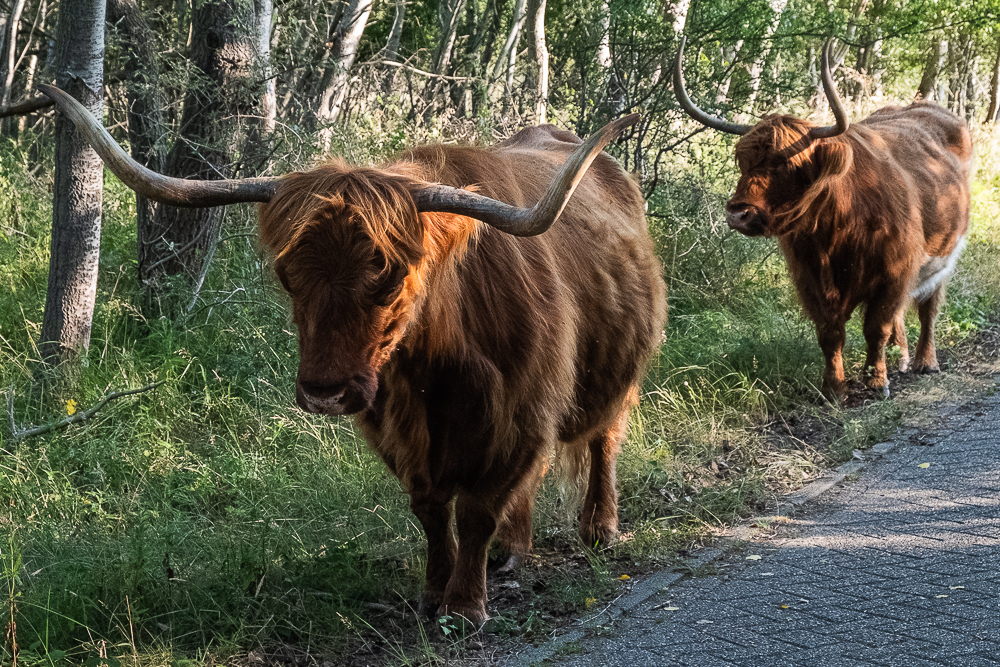
104,000 painful stories.
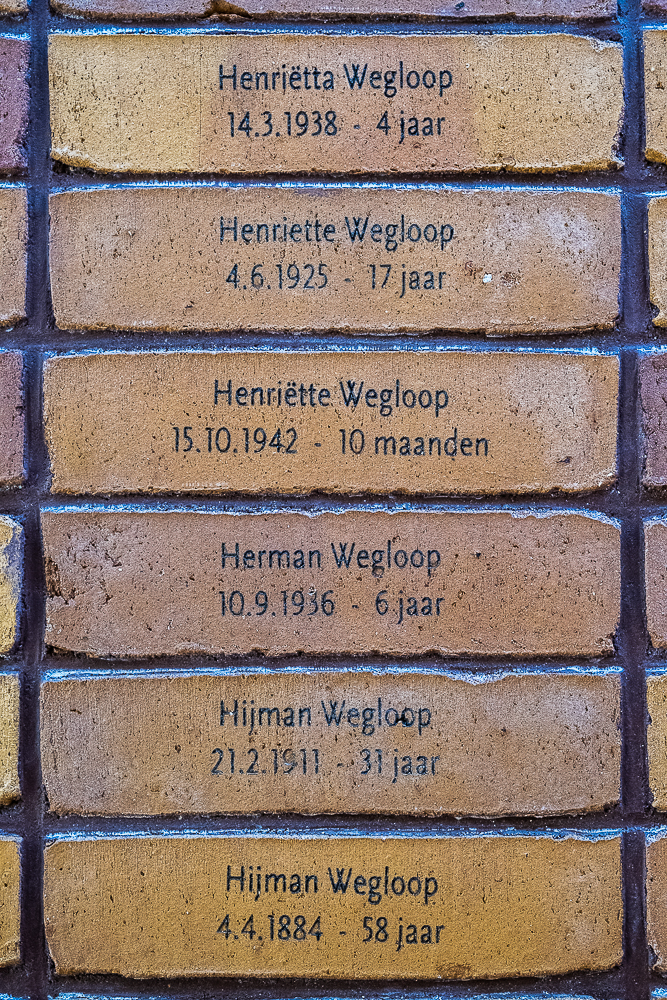
Ready for my next boat & bike trip!
